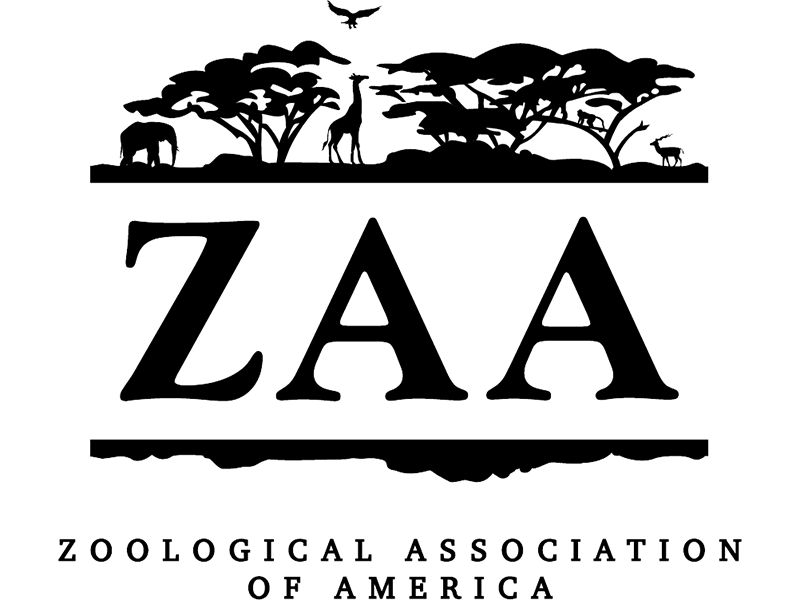The Animals
Scarlet Macaw
General Info
Common Name: Scarlet Macaw
Scientific Name: Ara macao
Physical Appearance: Males and females are sexually monomorphic. Plumage is general red with yellow and blue feathers covering their wings. South American sub-species has green within the yellow and blue of the wings. Back has red and blue feathers as well as on the tail. Beak is colored white and black with their cheek-patch being bare skin of white.
Length/Weight: 74-95 cm. long (including tail) with 112-120 cm. wingspan, 900-1,490 gms.
Lifespan: Can live up to 40-50 years in the wild. 40-75 years in captivity.
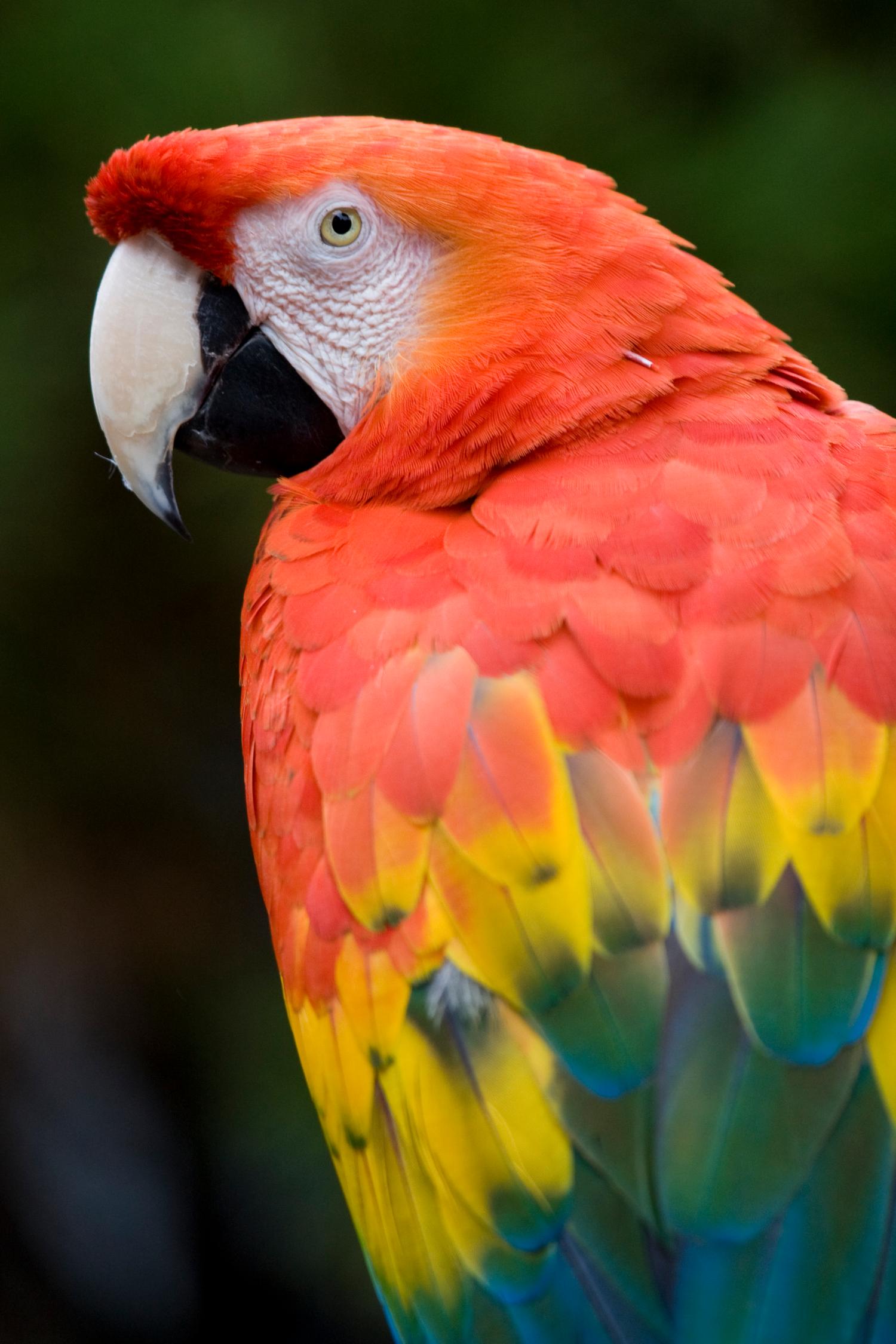
Environment
Range: South American sub-species (A. m. macao) range from Peru, east of the Andes to Bolivia, extending throughout the Amazon rainforest and up into Panama and Costa Rica. Central American sub-species (A. m. cyanoptera) resides within southeast Mexico, and then scattered in southern Belize, eastern Honduras, and northeast Nicaragua.
Habitat: From lowland rainforests, savannas and gallery, humid, and deciduous forests. Roosts communally in tall trees. Tend to live in higher elevations.
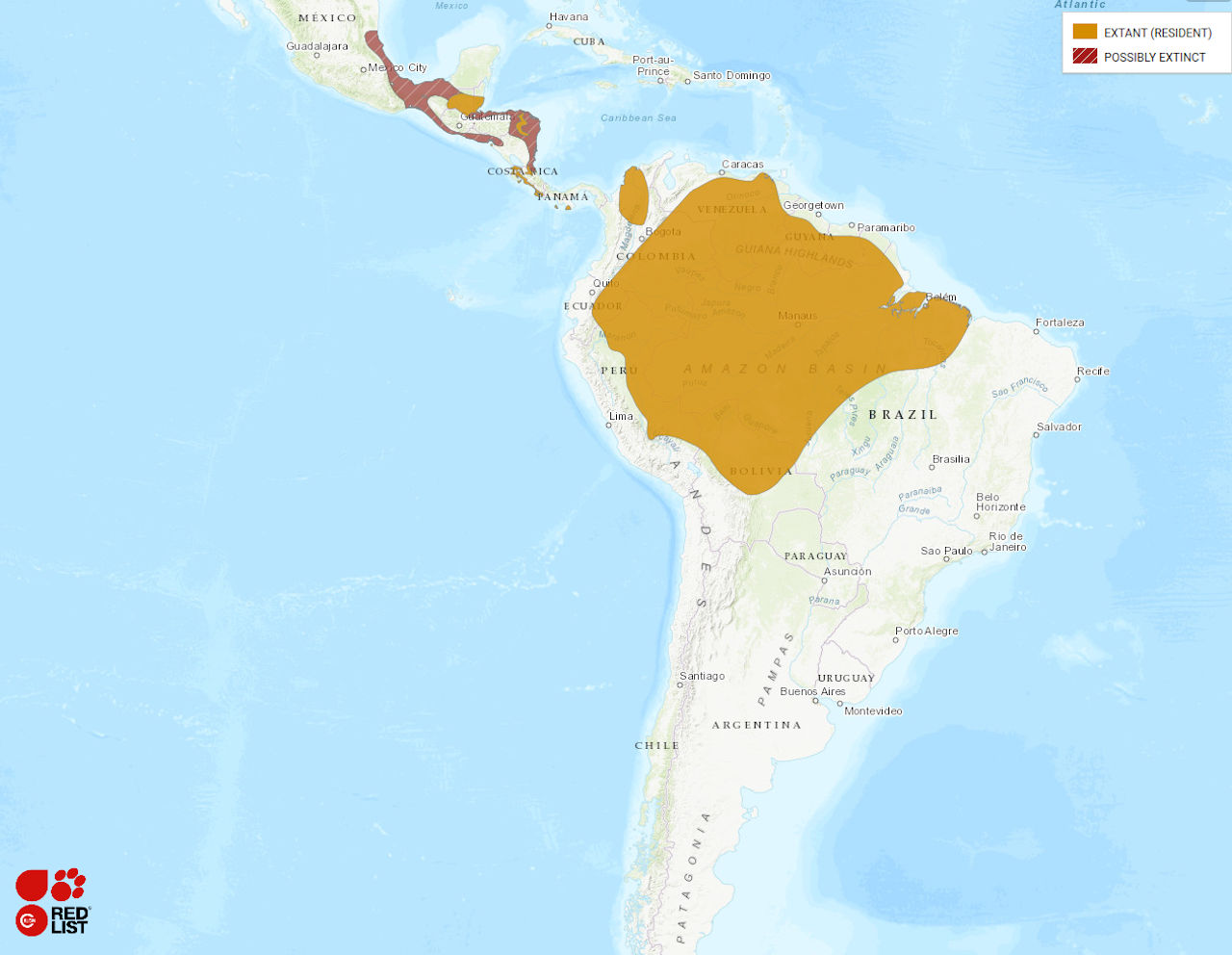
Diet
Fruits from various palms, nuts, leaf-buds, seeds, and occasionally nectar.
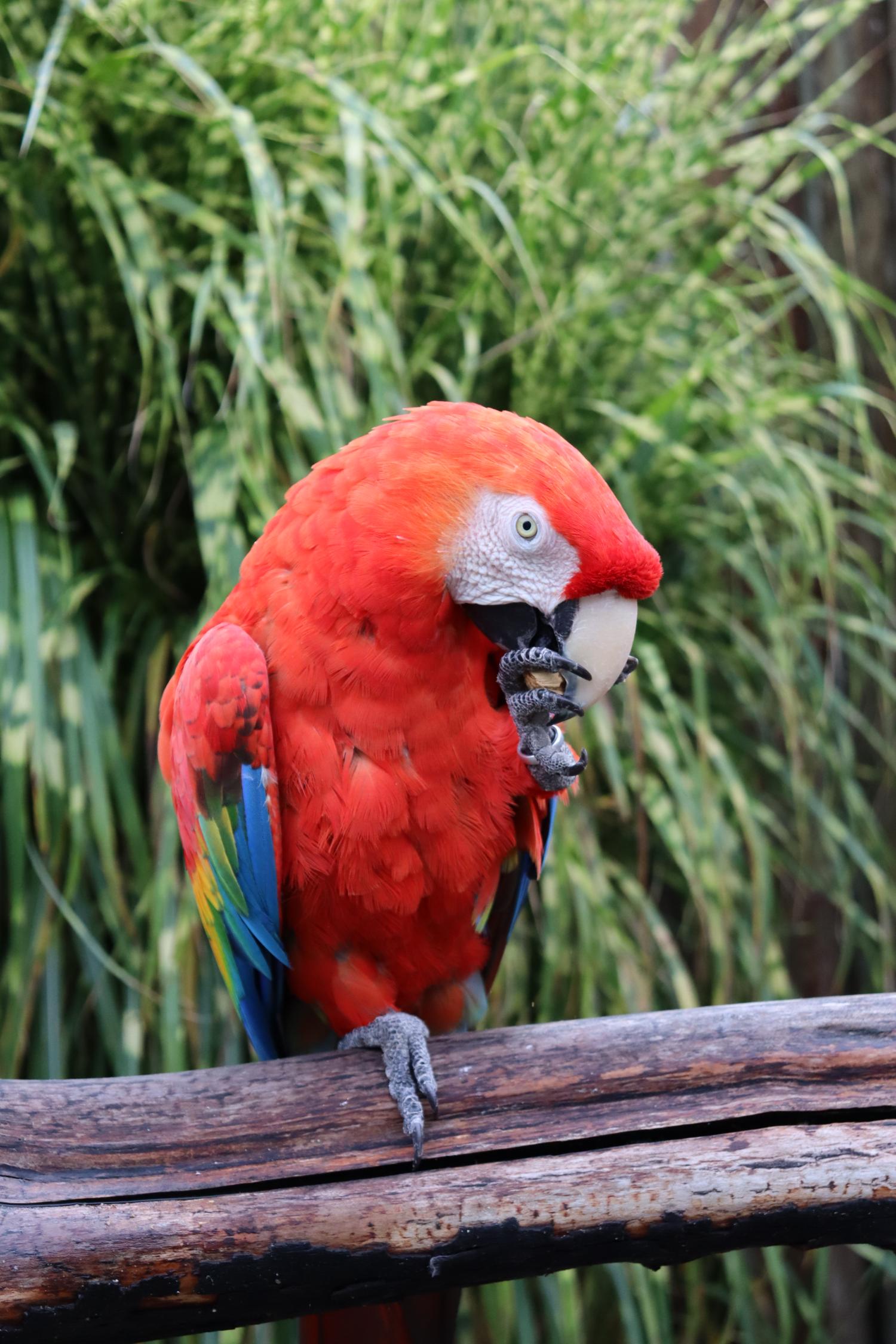
Reproduction
Builds nests in natural or previously excavated cavities of trees. Breeding season February-April in Mexico and northern Central America and earlier in Costa Rica and Panama. October-March in Brazil and November-April in Peru. Clutch size 1-4 eggs. Incubation 24-28 days with chicks fledging 120-137 days.
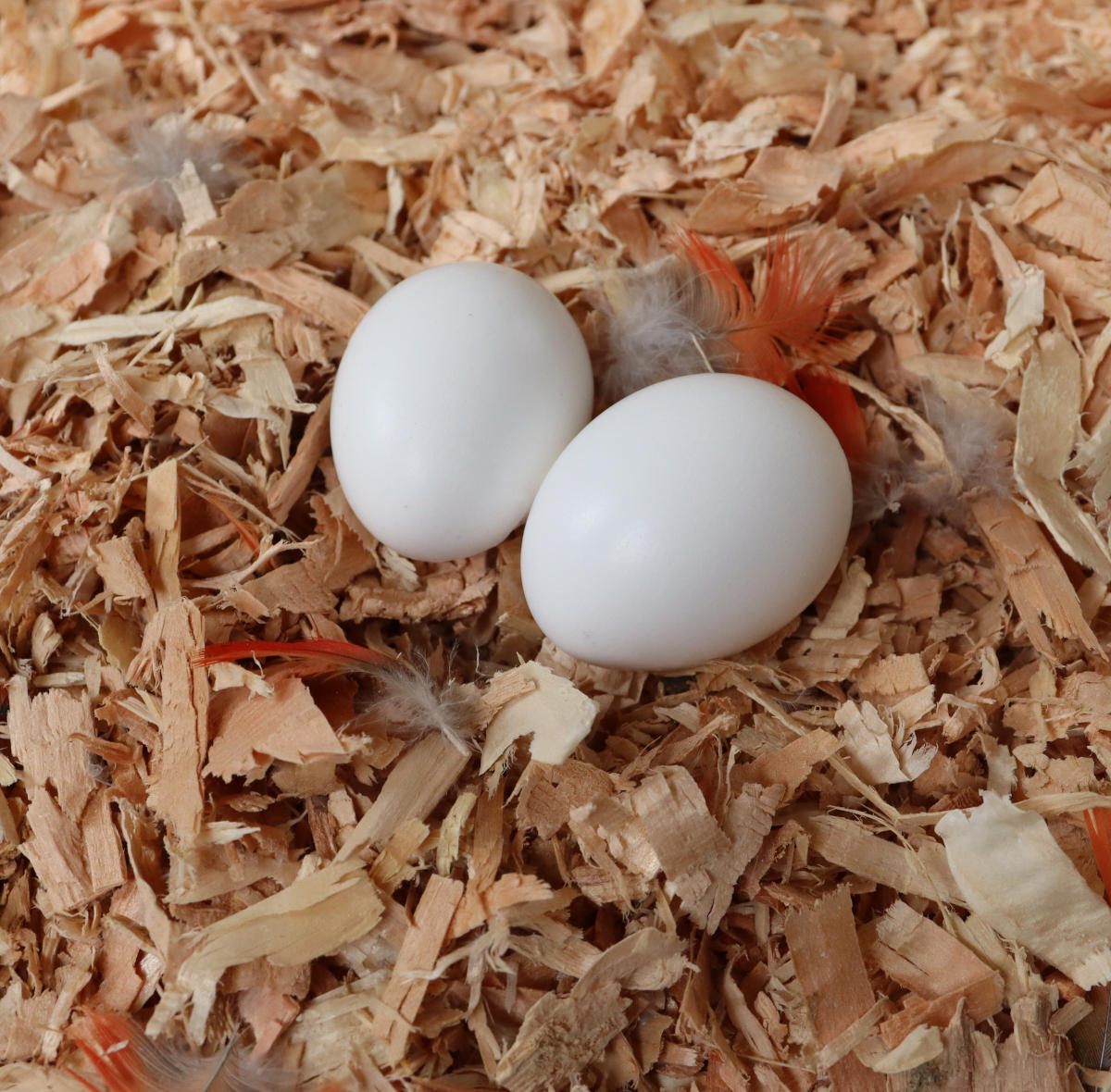
Conservation
Status:
Listed on IUCN: LEAST CONCERN
Population Trend: DECREASING
Efforts: Main threats due to habitat loss, poaching for feathers, and unsustainable trapping for illegal pet-trade. Currently in-place protection over parts of range. Protected by CITES Appendix I. Reintroduction occurred in the Copán Valley in the 2010. Community patrols have been established regionally to monitor and protect nest sites from poachers. Received protection under the United States Endangered Species Act in 2019. Provision of nestboxes made from Iriartea palm stems has been highly successful in Peru where one of the main constrains has been nest-site availability.
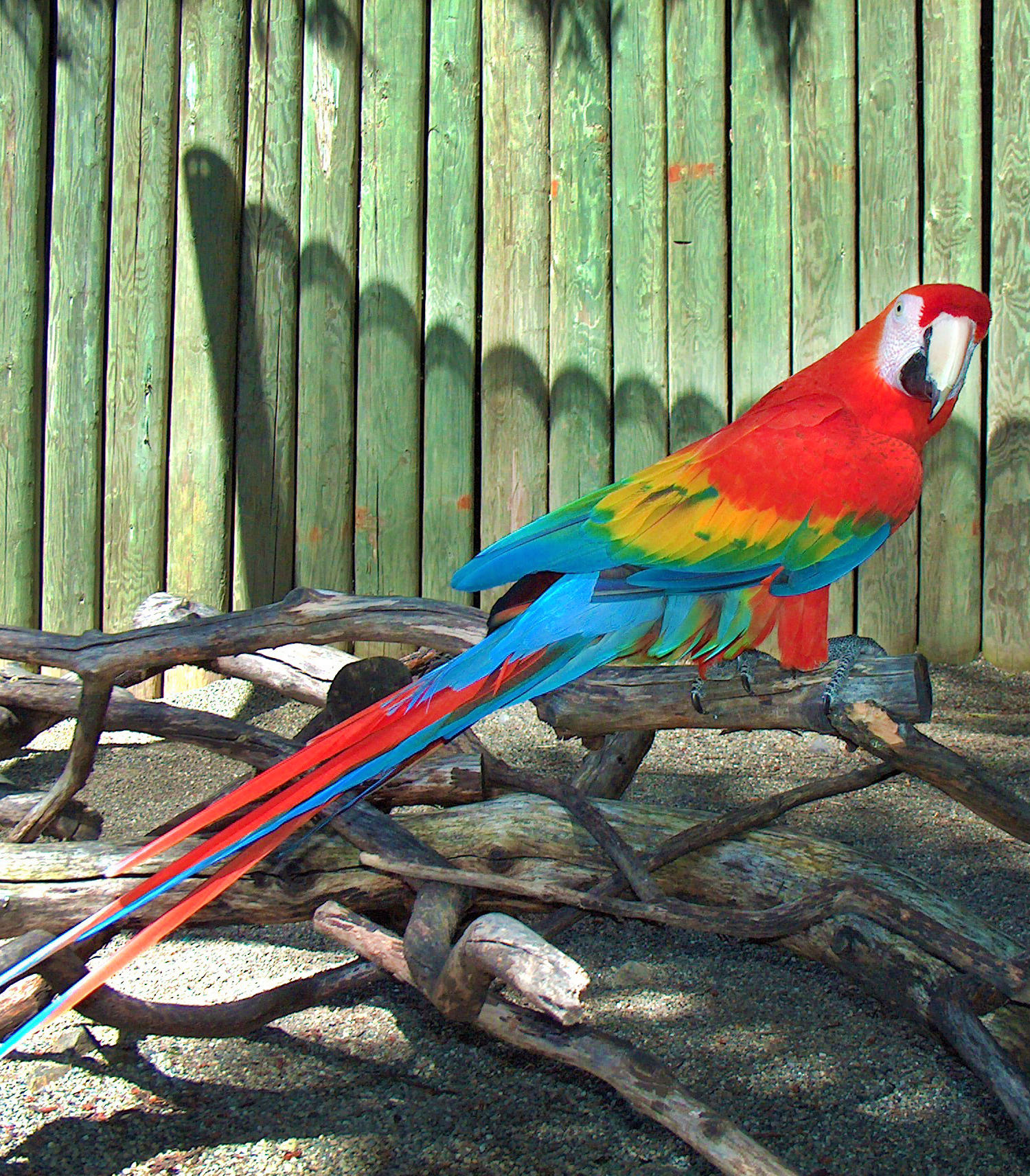
Important Facts
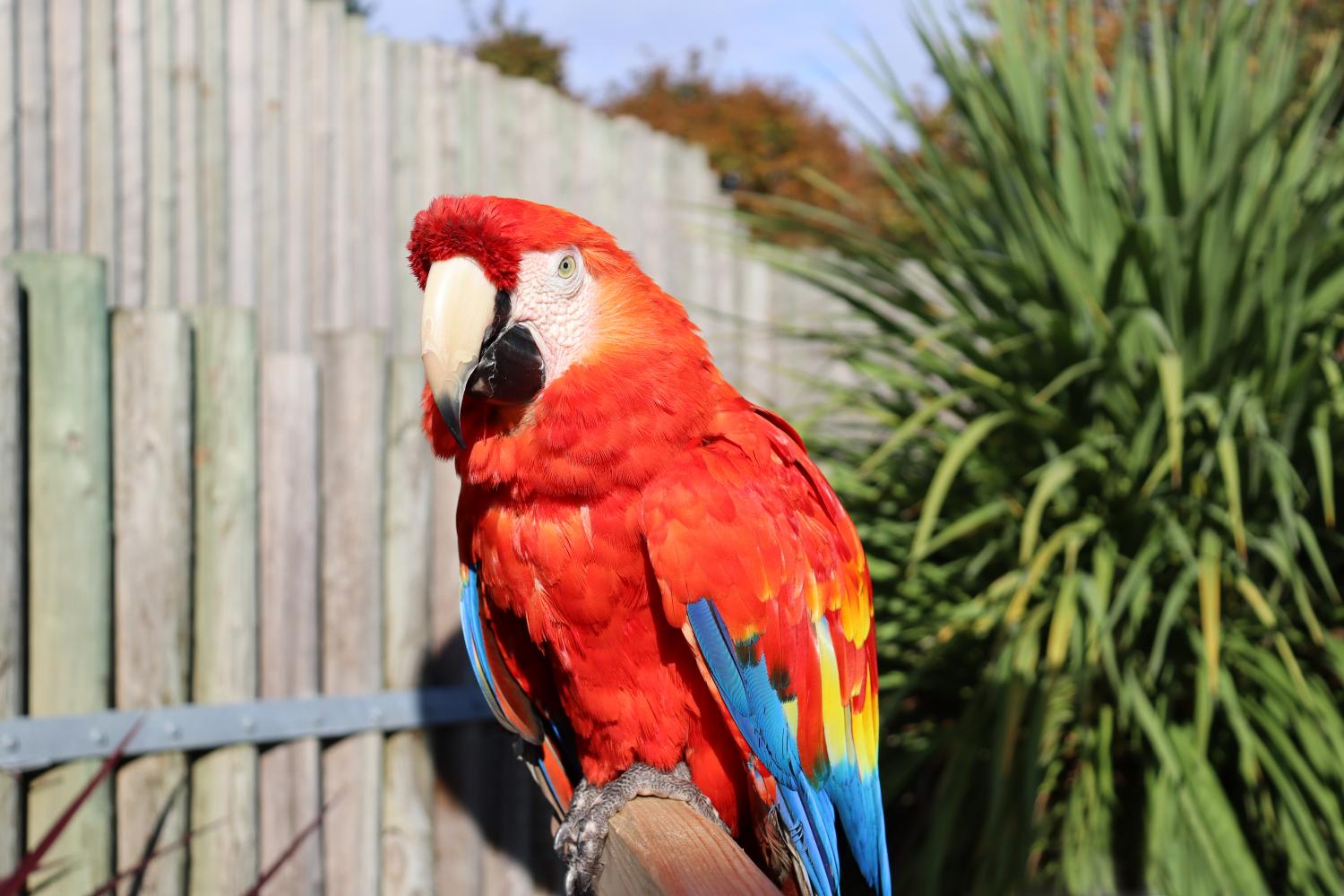
National bird of Honduras; known as a “guacamaya”.
Can fly 35 mph.
Often mistaken for the Green-winged Macaw species.
Sources:
IUCN: REDLIST
World Parrot Trust
BirdLife International
Birds of the World: The Cornell Lab of Ornithology
A Guide to Parrots of the World
U.S. Fish & Wildlife Service
The Large Macaws

